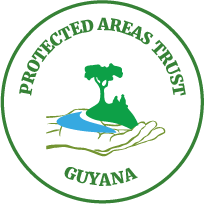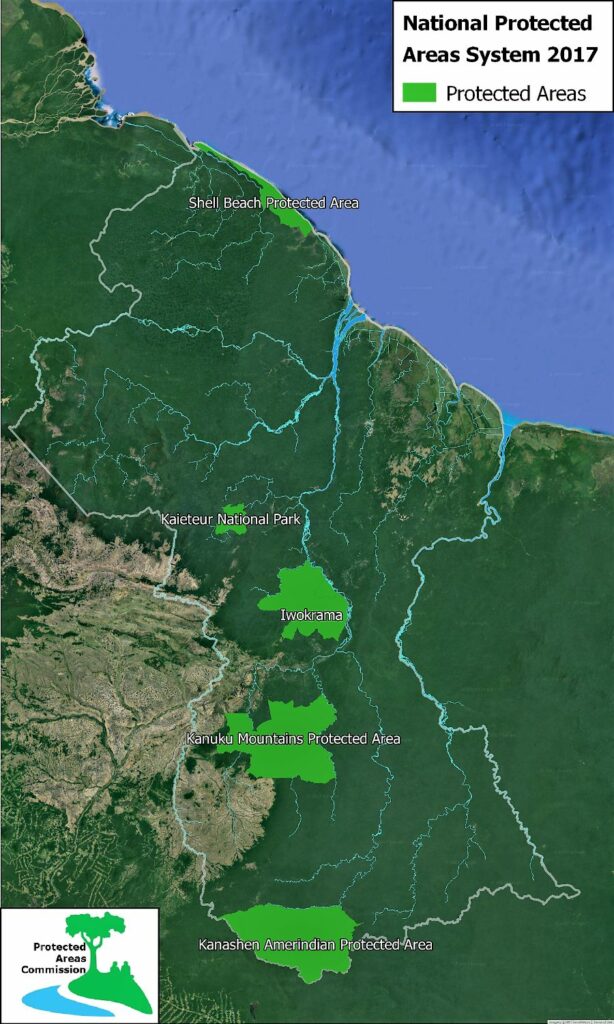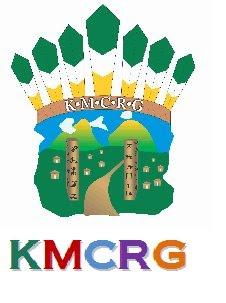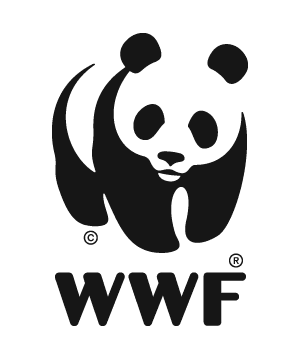
The Protected Areas Trust (PAT)
was also established under the Protected Areas Act 2011, as a corporate body, governed by a Board of Trustees to manage a Trust Fund which was set-up to provide financing for the National Protected Areas System. The Trust Fund functions as an endowment fund to preserve the capital while investing globally to earn annual returns of approximately 5%. Revenues generated are used to support projects that contribute to, or promote, the conservation and preservation of the biological diversity and maintenance of the ecosystem services of the protected areas. In particular, PAT funds are used to co-finance the implementation of protected areas management plans, strengthen monitoring and enforcement in protected areas, support sustainable community enterprises, biodiversity conservation, and environmental education and awareness.







